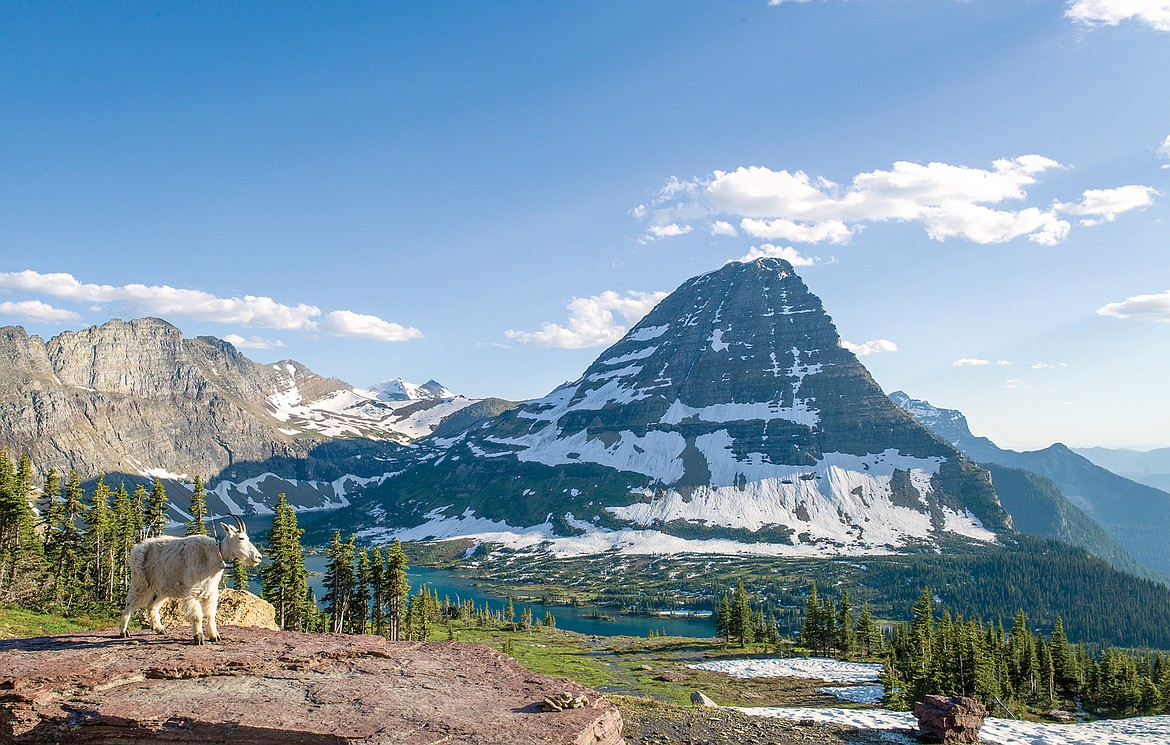In Glacier Park, snowfields help mountain goats breathe easy
Coronavirus notwithstanding, a study of Glacier National Park’s mountain goats continued last summer.
Tracking the goats doesn’t always require fieldwork...
Become a Subscriber!
You have read all of your free articles this month. Select a plan below to start your subscription today.
Already a subscriber? Login




